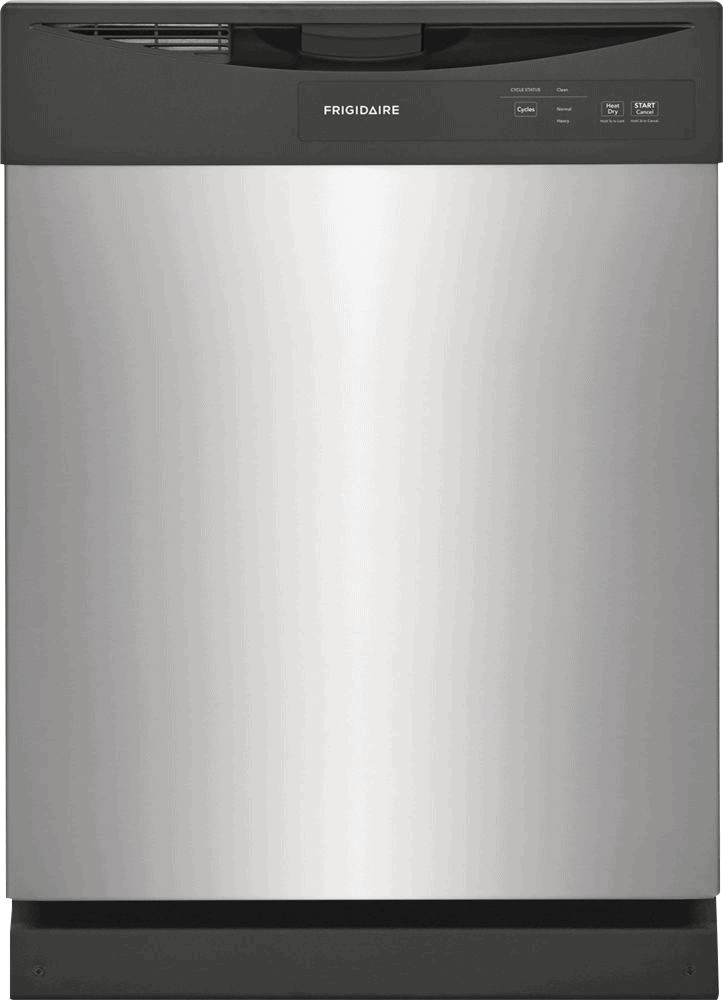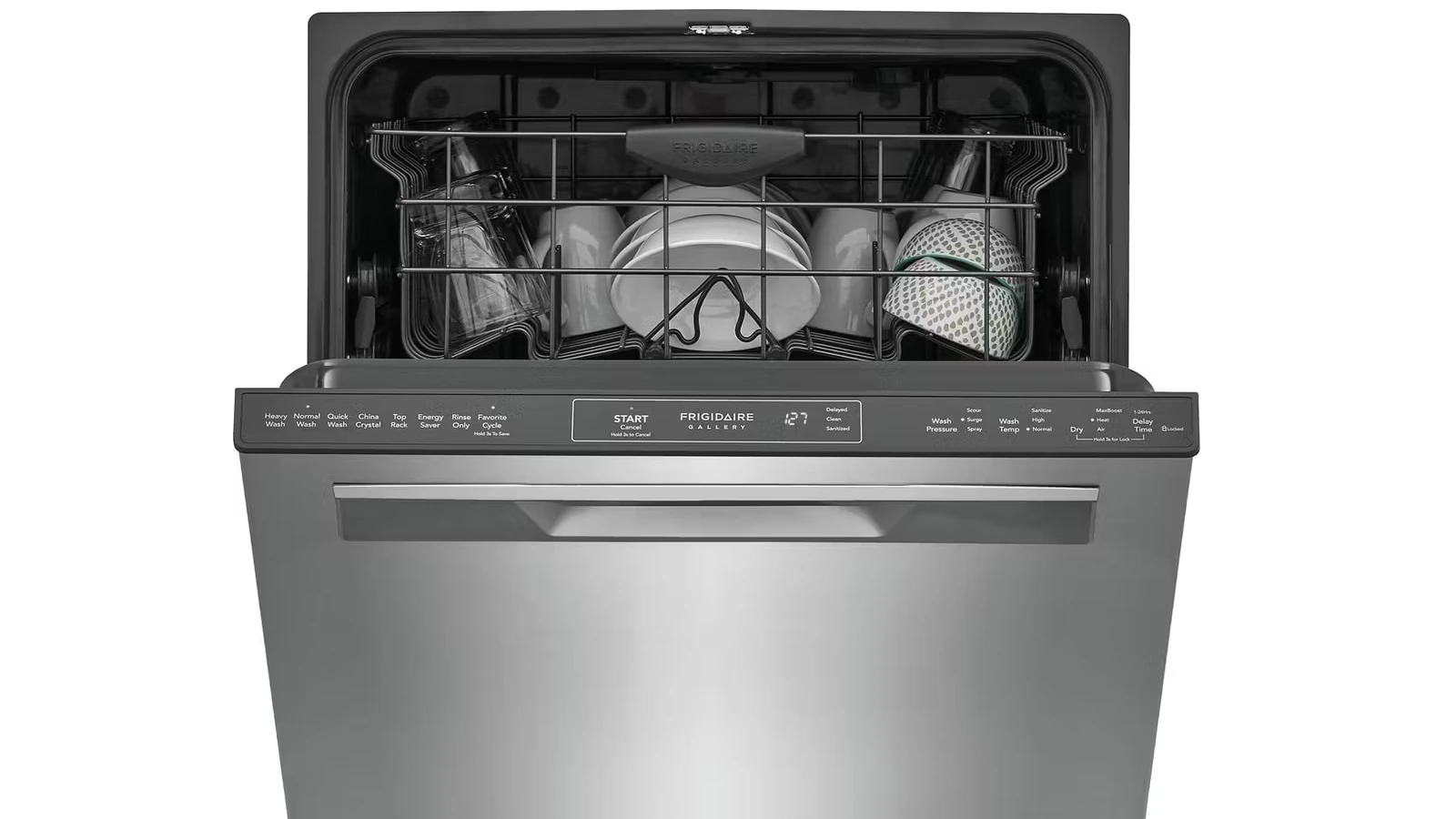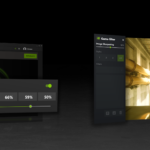Dealing with a Frigidaire dishwasher that won’t drain can be frustrating. There are a few potential reasons for this common issue, such as clogged filters or a malfunctioning drain pump. The first step to fixing the problem is identifying the root cause. This article will guide you through troubleshooting steps to help you find and solve the issue, potentially saving you time and the cost of a service call. Addressing a Frigidaire dishwasher that’s not draining can often be resolved with some DIY effort focused on the drain hose.
It’s important to make sure this component is free from kinks, bends, and clogs to not only fix current issues but also maintain the dishwasher’s efficiency over time. Performing regular checks and maintenance is crucial to preventing future drainage problems. Armed with the right knowledge and tools, homeowners can easily manage their dishwasher’s performance and extend its lifespan. It’s important to keep your dishwasher well-maintained for a happy kitchen.

Troubleshooting Your Frigidaire Dishwasher Drain
Potential Clog Locations
A Frigidaire dishwasher that won’t drain likely has a clog. The clog could be in a few different spots:
- Filter: This is the most common spot for a clog. Food scraps can get stuck here.
- Drain Hose: If the filter is clear, the clog might be further down in the hose.
- Garbage Disposal or Air Gap (if applicable): If your dishwasher drains into a garbage disposal or has an air gap, these could also be blocked.
Tools You Might Need
- Screwdriver
- Pliers
- Dish soap
- Baking soda
- Vinegar
- Bucket
- Towels
Step-by-Step Guide
- Turn off the power: Before you start, unplug the dishwasher or turn off the circuit breaker.
- Check and clean the filter: The filter is usually located at the bottom of the dishwasher. Remove it and rinse it thoroughly. Use a brush to scrub away any debris.
- Inspect the drain hose: If the filter is clean, check the drain hose for clogs. You might need to disconnect it to do this. If you see a clog, try to remove it with a straightened coat hanger or similar tool.
- Check the garbage disposal or air gap: If you have a garbage disposal, run it to see if it’s working properly. If you have an air gap, remove the cap and clean out any debris.
- Clean with baking soda and vinegar: If the clog persists, try this natural cleaning solution. Mix equal parts baking soda and vinegar and pour it down the drain. Let it sit for about 15 minutes, then run hot water down the drain.
- Call a professional: If none of these steps work, it’s time to call a plumber.
Tips for Preventing Clogs
- Scrape dishes before loading: Remove large food scraps from your dishes before putting them in the dishwasher.
- Clean the filter regularly: Clean the filter at least once a month to prevent buildup.
- Run the garbage disposal (if applicable): Run the garbage disposal before starting the dishwasher to clear any debris in the shared drain.

Troubleshooting Table
| Problem | Possible Cause | Solution |
|---|---|---|
| Dishwasher won’t drain | Clogged filter | Clean the filter |
| Clogged drain hose | Clear the hose | |
| Blocked garbage disposal | Run the disposal | |
| Clogged air gap | Clean the air gap | |
| Water not draining completely | Dishwasher isn’t level | Adjust the dishwasher’s feet |
By following these steps, you can often clear a clogged dishwasher drain yourself. If the problem persists, don’t hesitate to call a plumber for assistance.
Common Causes of a Frigidaire Dishwasher Not Draining
When a Frigidaire dishwasher refuses to drain, it’s more than just a minor inconvenience. Several factors might be at play, and understanding them can help fix the problem efficiently.
One primary suspect is a clogged filter. Over time, food debris and other particles can accumulate, obstructing water flow. A quick check and clean can often resolve this issue.
Another common culprit is a blocked drain hose. Kinks or clogs within the hose restrict water from escaping the dishwasher. It’s advisable to inspect the hose for any bends or blockages and clear them as necessary.
Sometimes, the problem stems from the garbage disposal. If recently installed or not used often, it may have a plug that needs removal or cleaning to allow for proper drainage.
Drain pump failures also contribute to drainage issues. These pumps expel the water from the dishwasher. If malfunctioning, they’re unable to perform, causing water to back up.
Issues with the high loop in the drain hose can lead to drainage problems. Without a proper high loop, water can flow back into the dishwasher instead of draining out. This loop prevents backflow and ensures proper drainage.
Lastly, control panel or electronic failures can interrupt normal drainage operations. These issues might require professional diagnosis and repair.
These factors highlight the importance of routine maintenance and inspections. By taking proactive steps, such as regularly checking the dishwasher’s filter and hoses, one can prevent many drainage problems before they escalate.
How to Check for Clogged Filters
A Frigidaire dishwasher not draining often points to clogged filters. These filters catch food bits and debris, stopping them from entering the drain. Over time, they can get blocked, causing water to pool. Checking and cleaning these filters is a straightforward process.
First, turn off the dishwasher. Safety comes first, so ensure it’s completely powered down. Locate the filter at the bottom of the dishwasher. It’s usually found under the spray arms. Depending on your model, you might need to remove the bottom rack to see it clearly.
Once you’ve found the filter, gently remove it. Most Frigidaire dishwasher filters can be easily twisted off or unclipped. If it’s stuck, avoid forcing it. Refer to the user manual for specific instructions. With the filter out, examine it for any trapped food particles or debris. This is often the culprit behind drainage issues.
Cleaning the filter is simple. Wash it under running water. Use a soft brush or sponge to dislodge any stubborn debris. For extra cleaning power, a bit of dish soap can help. However, avoid harsh chemicals that might damage the filter. Once clean, rinse it thoroughly.
Reinstalling the filter correctly is crucial. Place it back in its original position and secure it. Make sure it’s sitting properly. A misaligned filter won’t protect the dishwasher effectively and could lead to further issues.
Regularly checking and cleaning the dishwasher filter not only solves drainage problems but also prolongs the appliance’s lifespan. It’s a small effort that can save time and money down the line.
Testing the Drain Pump for Malfunctions
When a Frigidaire dishwasher won’t drain, checking the drain pump is a smart step. This pump helps water move out of the dishwasher. If it fails, water stays put. Here’s how to test the drain pump for any problems.
First off, locate the drain pump. It’s usually at the bottom of the machine. You’ll need to get under the dishwasher, so make sure it’s turned off and unplugged. Safety first!
Next, look for any visible signs of trouble. This can mean anything from debris blocking the pump to obvious damage. Sometimes, stuff gets stuck and stops the pump from working right. Clearing out debris could be a quick fix.
Testing the pump’s function is next. For this, you might need a multimeter. This tool checks if the pump is getting power. No power means the pump isn’t working as it should. Remember, dealing with electrical parts can be risky. If you’re not sure, it might be time to call in a pro.
There’s also the hose to consider. A blocked hose can mimic a bad pump. Make sure the hose isn’t kinked or clogged. If it is, straighten it out or clean it. This might solve the drainage issue without needing to mess with the pump at all.
It’s important to regularly maintain these components. A well-kept dishwasher runs more effectively and lasts longer. Plus, it can save you the hassle of dealing with water that won’t drain. Letting issues pile up can lead to bigger, costlier problems down the line. So, keeping an eye on the drain pump and hoses is a smart move.
Steps to Unclog the Drain Hose
When a Frigidaire dishwasher doesn’t drain, the issue often lies with a clogged drain hose. This part of the dishwasher plays a crucial role in getting rid of used water. Here’s how to tackle the problem.
Firstly, locate the drain hose. It’s usually found at the back of the dishwasher, connecting it to the kitchen sink or garbage disposal. Before doing anything, make sure to unplug the dishwasher or turn off the power to avoid any accidents.
Next, check for kinks or bends. Sometimes, the hose gets bent out of shape, blocking water flow. If you find any kinks, gently straighten them. This might solve the drainage issue without needing to go any further.
If the problem persists, you’ll need to inspect the hose for clogs. Disconnect the hose from both the dishwasher and the sink or disposal. It’s a good idea to have a bucket or towels ready because some water might spill out.
Use a straightened coat hanger or a plumber’s snake to probe inside the hose. These tools can help dislodge any food particles, grease, or other obstructions. However, be careful not to puncture the hose.
Rinsing the hose helps remove any remaining debris. Run water through it, using a garden hose or a sink sprayer. If water flows through easily, it’s a sign you’ve cleared the blockage.
Finally, reconnect the hose securely to both the dishwasher and the sink or disposal. Make sure the connections are tight to prevent leaks. Turn the power back on and run a short cycle to check if the dishwasher now drains properly.
Addressing a clogged drain hose can significantly improve your dishwasher’s performance. Regular checks and maintenance keep water flowing and can prevent future drainage problems.
Frequently Asked Questions
What is a common solution for drainage issues in a Frigidaire dishwasher?
The common solution for draining issues in a Frigidaire dishwasher is unclogging the drain hose. This process involves locating the drain hose, checking for kinks, bends, or obstructions, and cleaning it out to ensure proper water flow.
How can I locate the drain hose in my Frigidaire dishwasher?
The drain hose is usually located at the back of the dishwasher. You can access it by removing the kickplate or lower panel. Ensure the dishwasher is disconnected from the power source before attempting to locate the hose.
What should I do if I find kinks or bends in the drain hose?
If you find kinks or bends in the drain hose, gently straighten them out to restore proper flow. Be careful not to damage the hose in the process. If the hose is damaged, it may need to be replaced.
How can I check for clogs in the dishwasher’s drain hose?
To check for clogs in the drain hose, you can use a coat hanger or a plumber’s snake. Straighten the coat hanger and insert it into the hose to dislodge any blockages. For more stubborn clogs, a plumber’s snake may be required.
What is the importance of rinsing the hose and reconnecting it securely?
Rinsing the hose helps remove any debris or residue that may be causing a blockage. Reconnecting it securely is crucial to prevent leaks and ensure that the dishwasher drains properly. Ensure all connections are tight and secure after maintenance.
How often should the drain hose of a Frigidaire dishwasher be maintained?
Regular maintenance of the dishwasher’s drain hose is recommended to prevent drainage issues and ensure optimal performance. Checking and cleaning the hose every few months can help avoid future problems.







